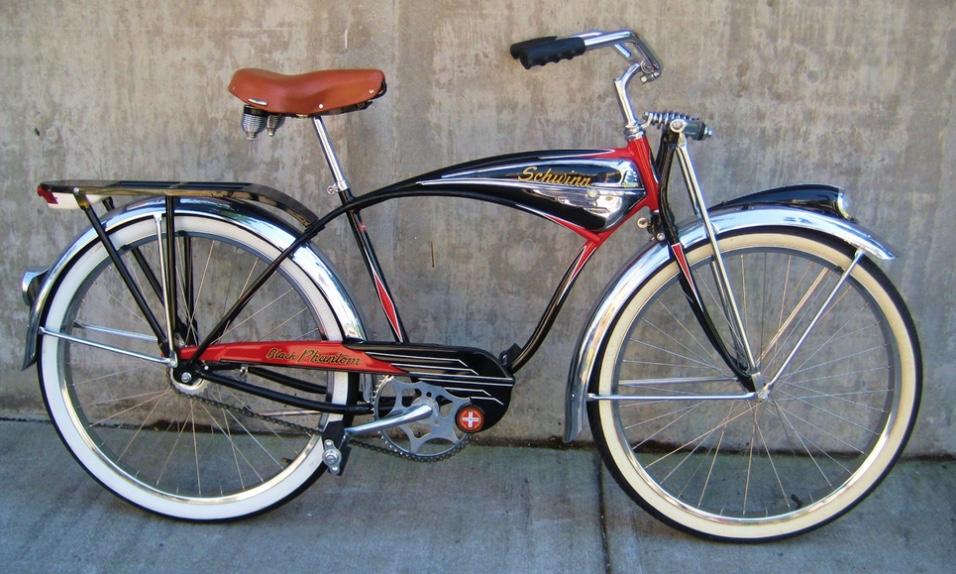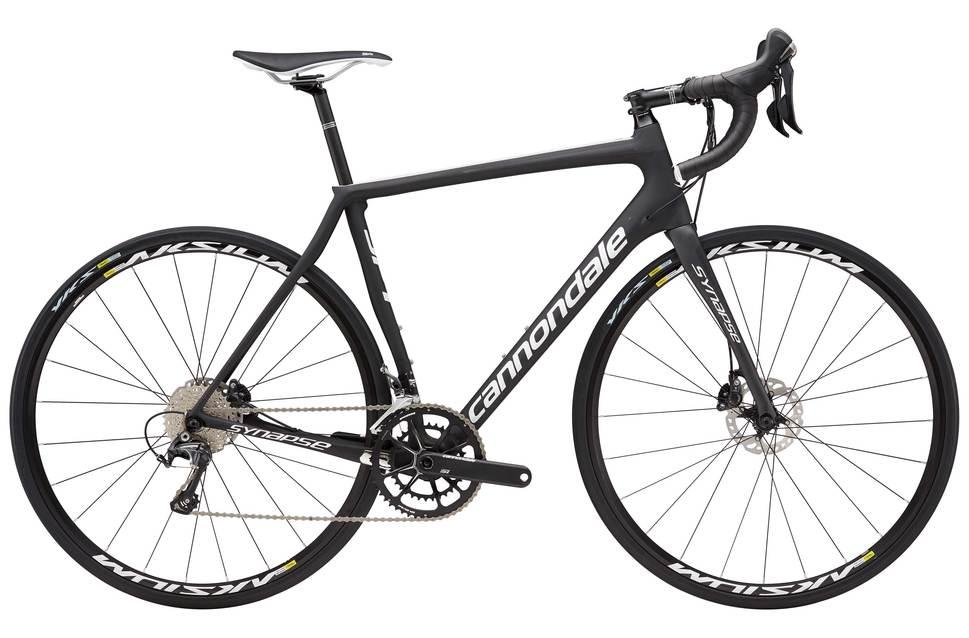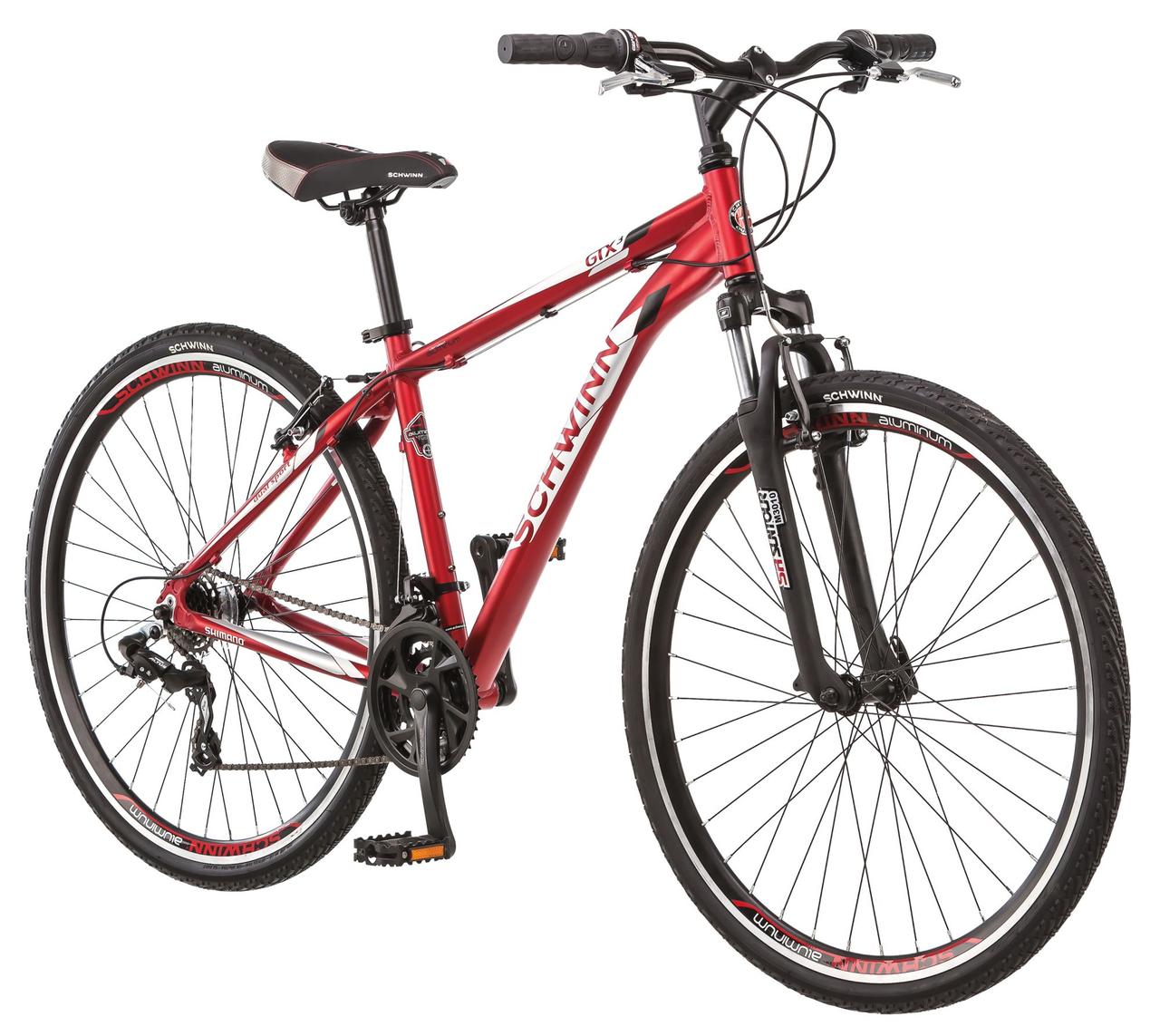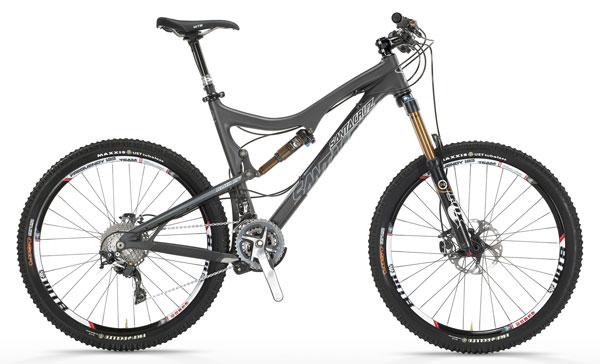Variations on a Theme
Much as wolves explosively evolved over time to produce a huge variety of dogs so very different from the original (think Pekinese vs. St. Bernards!), so did bicycles evolve in the 20th century. Just as the environment and breeding change the appearance of animals, the uses of bicycles and the changing transportation environment created specialized machines for exercise and recreation, touring, commuting, racing, and even off-road riding. Some even credit the popularity of bicycles as a social and healthful pastime and inner-city transportation in the early twentieth century as a major driver for paving road!Most of us probably recall our original bikes - plain vanilla machines with coaster brakes and handlebars like this one:

The pneumatic tires and broad saddles made these relatively comfortable. And steel replaced wrought iron for the frames, making them somewhat lighter and stronger as well. You had a guard over the chain to keep your pants from getting greasy, and some even had a little battery powered horn in the top tube!
But as some folks wanted to go faster, bikes got lighter. Get rid of the fenders. Get rid of the chain guard (just wear shorts!). Make the tires smaller to reduce rolling resistance. Use lighter frame materials (aluminum, titanium, even carbon fibre). Add gearing - first, three-speeds built into the rear hub, later using derailleurs and gear clusters to offer 9, 10, 18, or even up to 27 different gearings! Change the handlebars to "drops", so the rider could bend forward with hands on the lower parts of the handlebars in order to reduce drag, like this machine:

In the vernacular, these are called "road bikes".
If you couldn't make up your mind if you wanted a road bike or a 'conventional' bike, you can even get a 'hybrid' bike - with slightly larger tires and straight handlebars for a little more comfort. These bikes are particularly well suited for commuting or leisurely family rides:

Finally, there's the off-road bike for those who like "technical" riding on rough trails in the woods. These bikes have large, knobby tires, and often have suspension systems built in to help absorb shocks when riding over rocks or very rough terrain. off-road enthusiasts call such riding, over rocks, fording streams, jumping logs, etc. as "technical".

That's enough for now - the variations on the basic theme of a diamond-frame two wheeler - or new frames - for one person - or more! - to ride But, full disclosure, there are many more rather more radical developments, such as tandems, tricycles, recumbents, and combinations thereof but those are for another story! Stay tuned. . .
--Jim Kellett